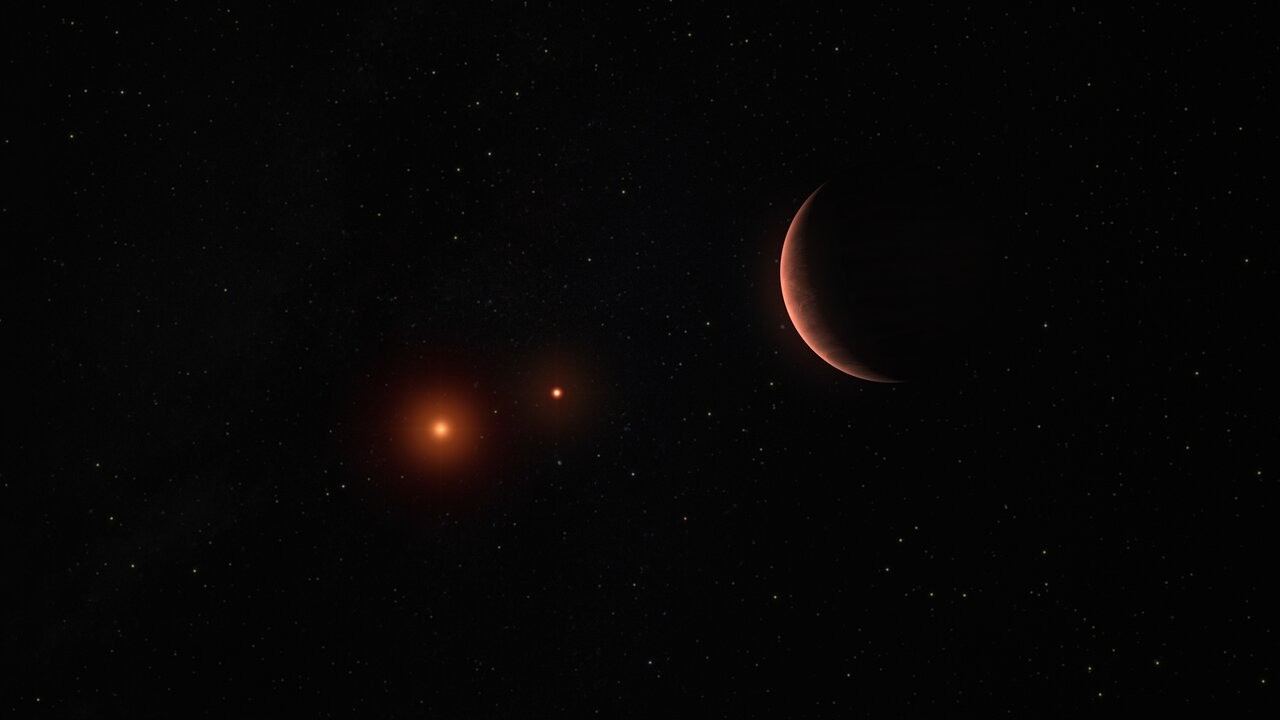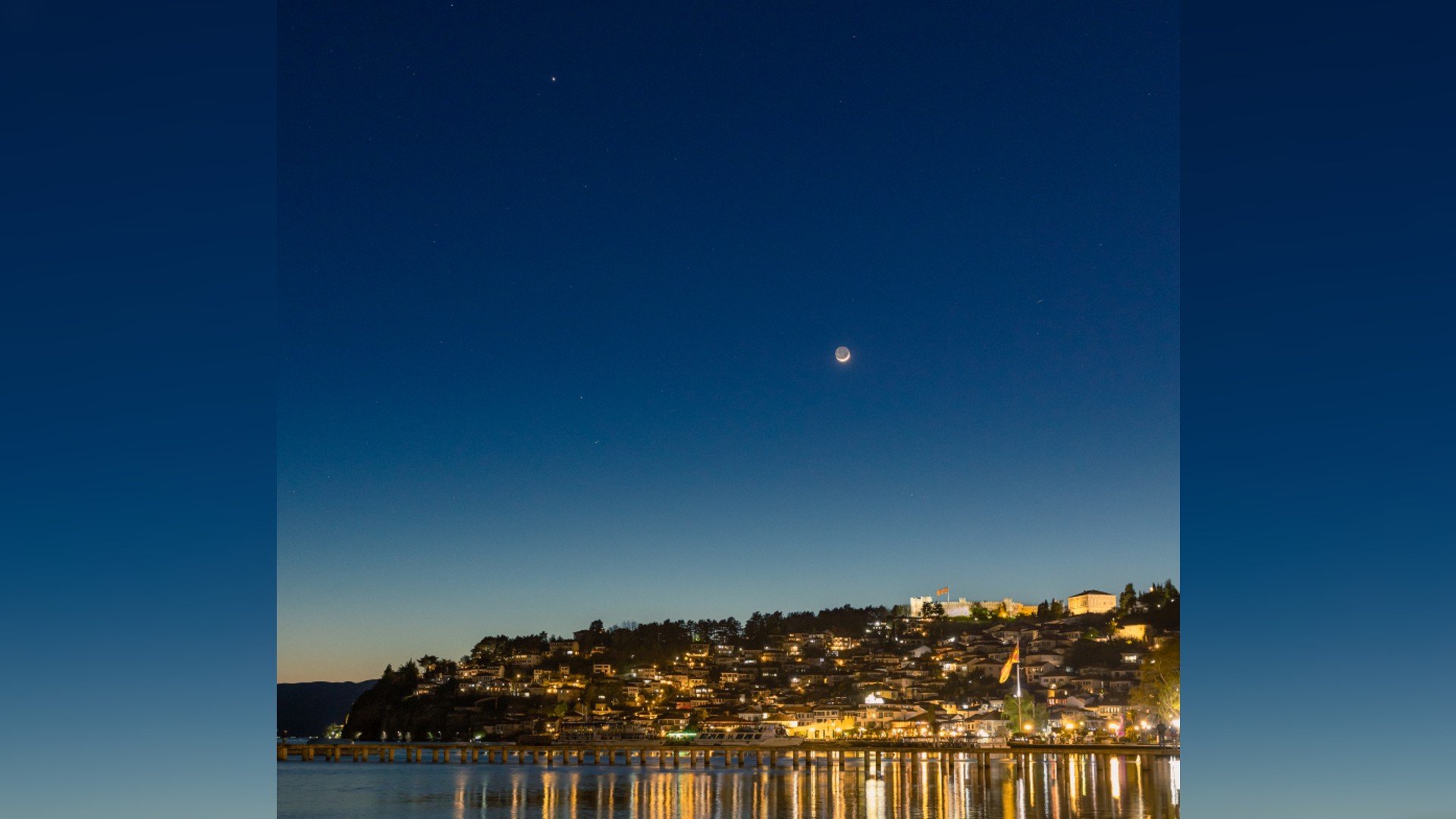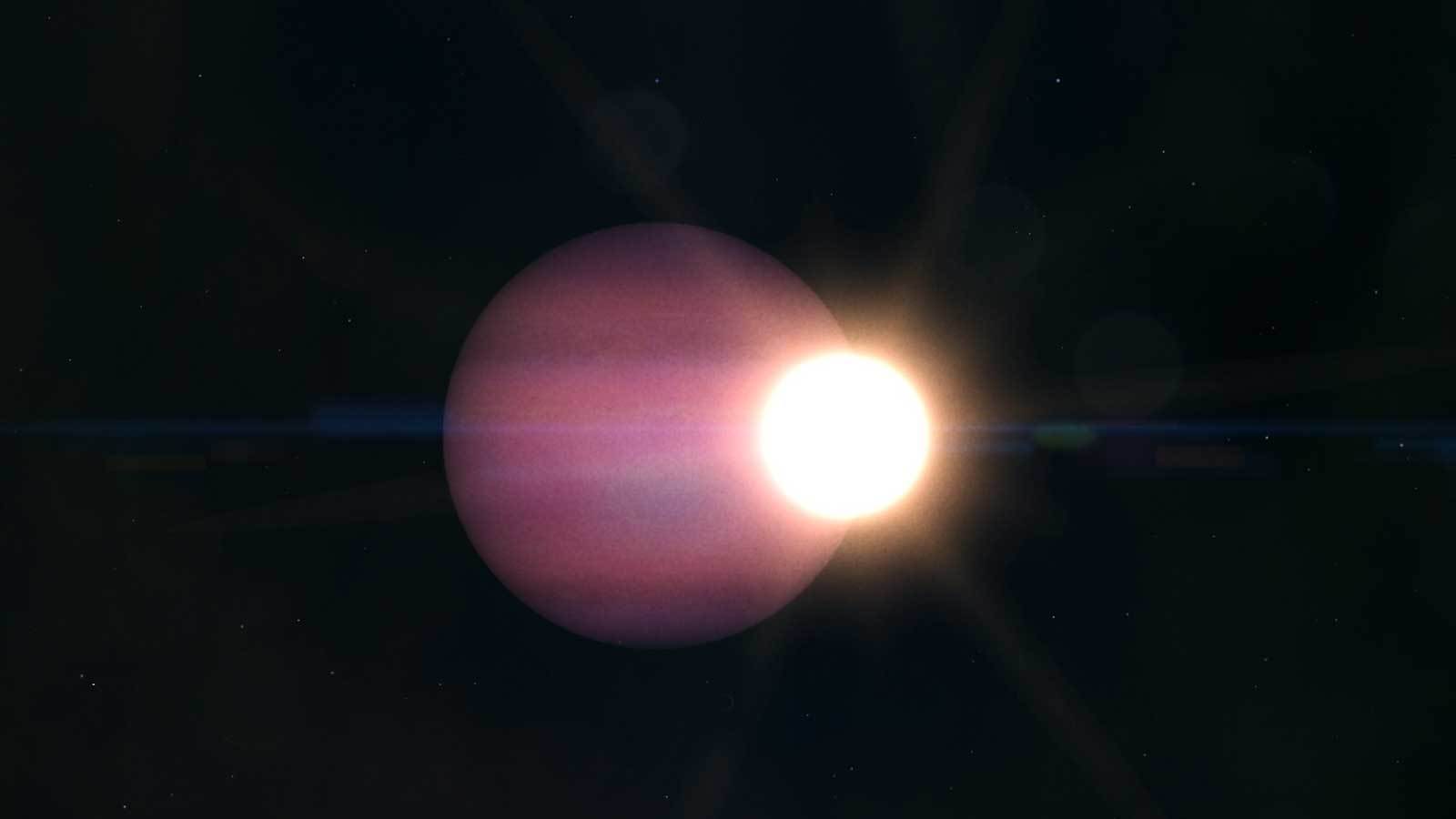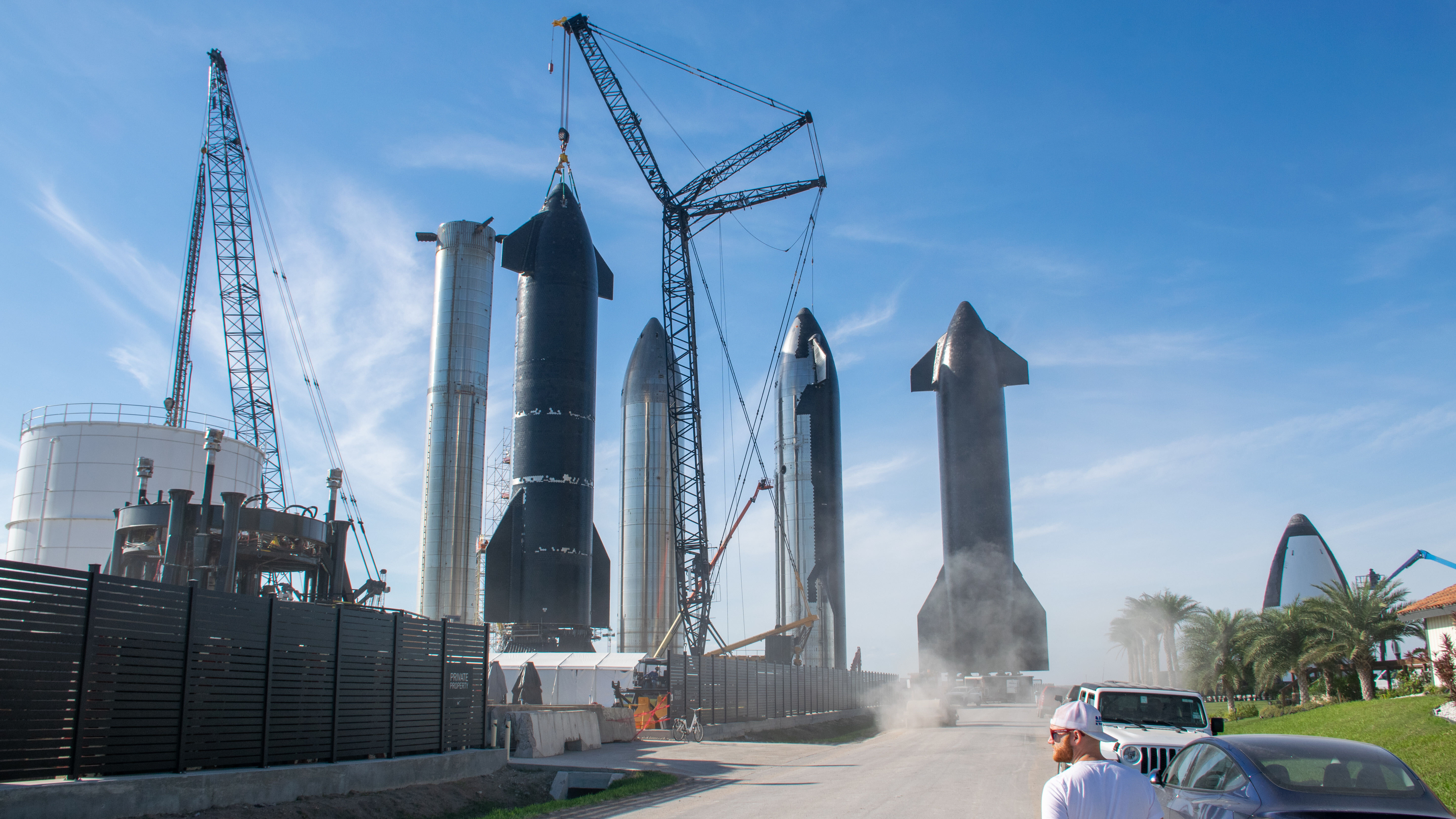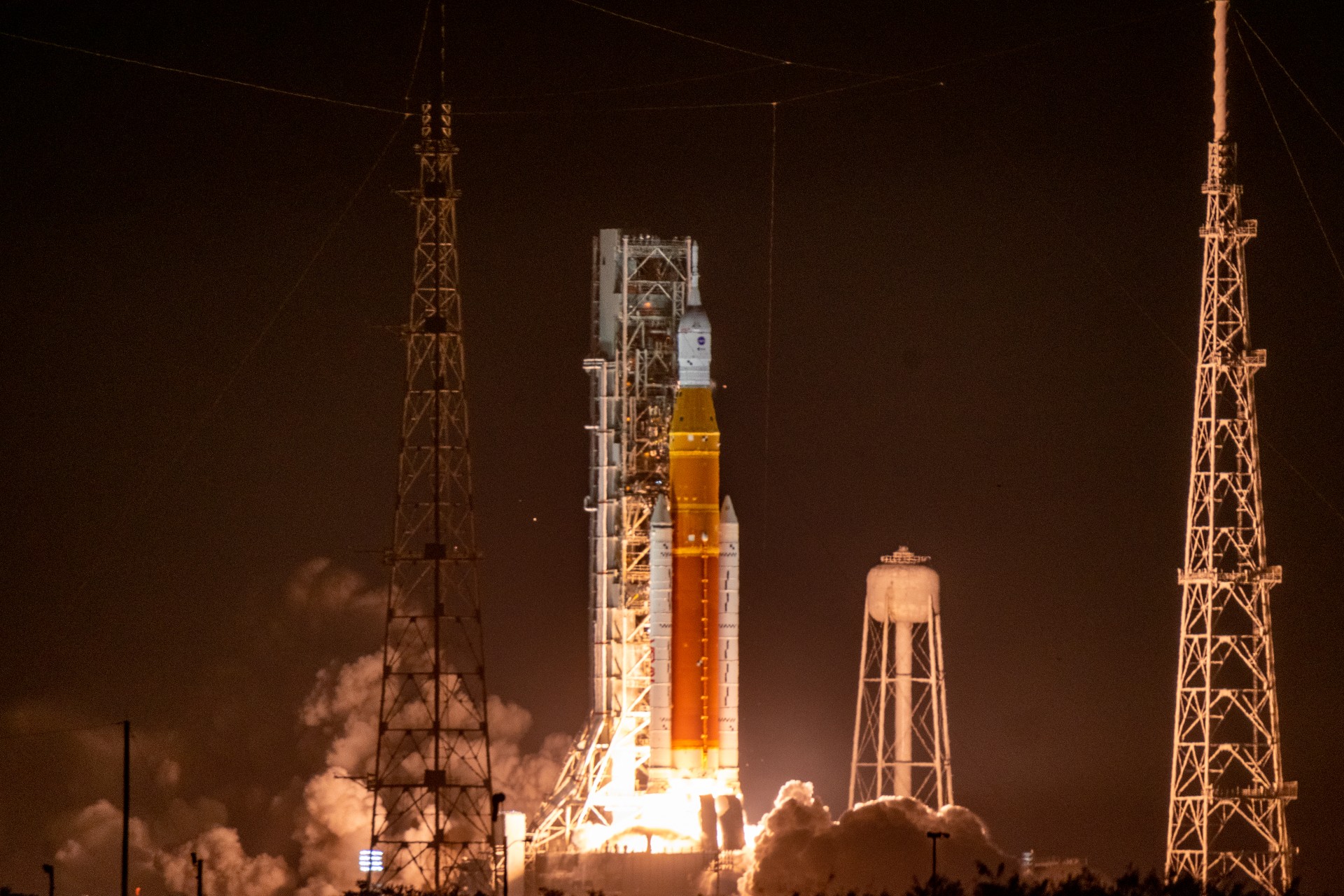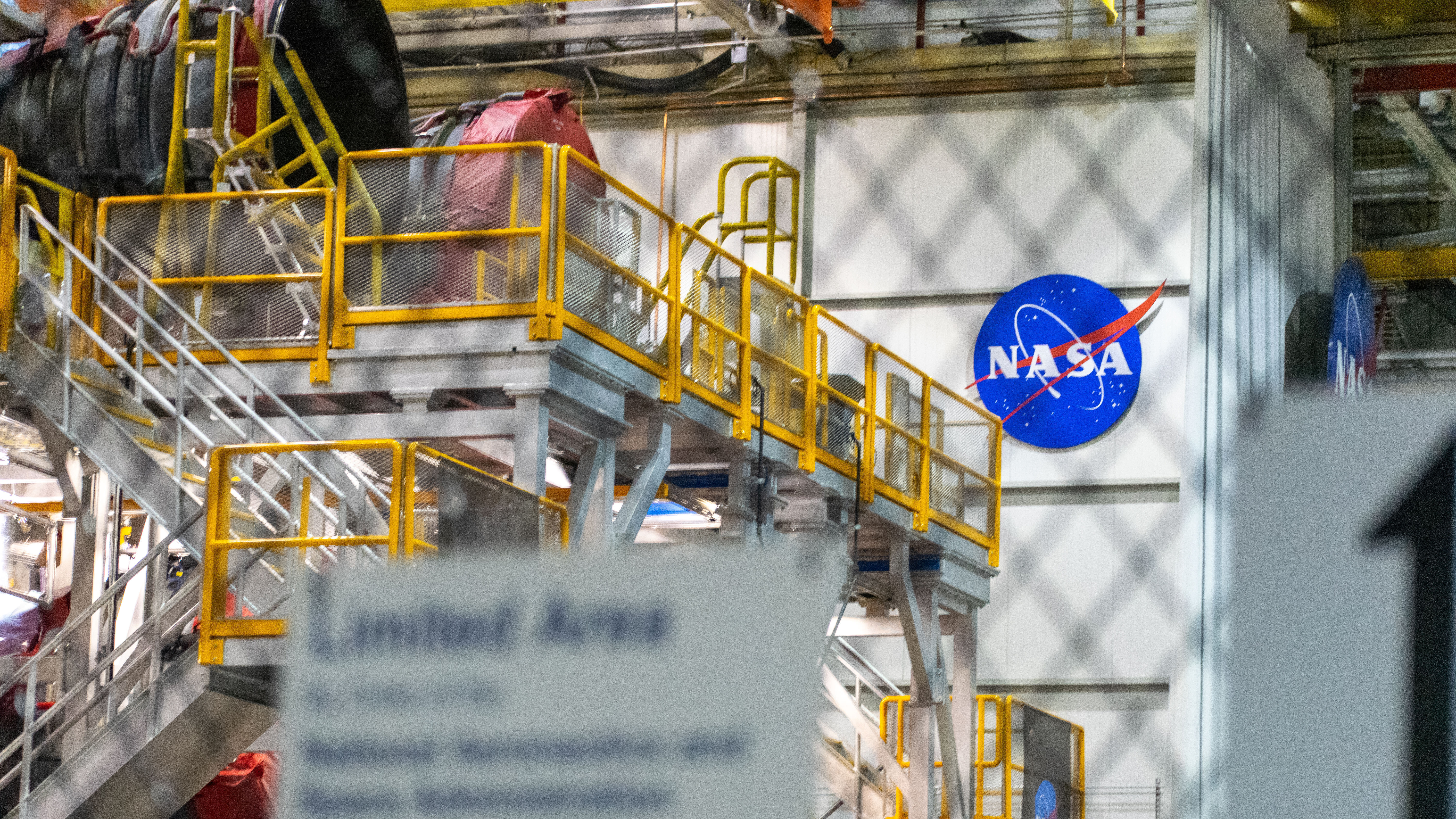NASA announces 9 possible moon landing sites for Artemis 3 lunar mission
"Any of these landing regions will enable us to do amazing science and make new discoveries."
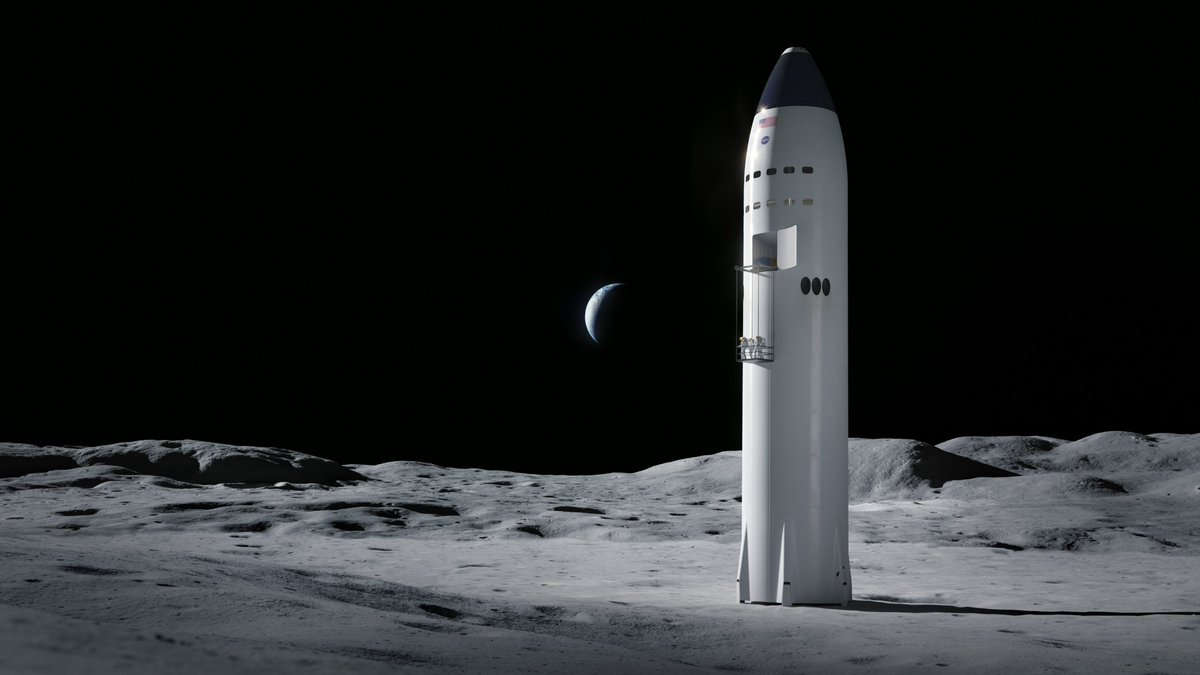
NASA has refined its list of potential landing sites near the moon's south pole for its Artemis 3 mission, which aims to return astronauts to the lunar surface no earlier than 2026.
The nine shortlisted sites, which were released by NASA on Monday (Oct. 28), are geologically diverse, and each of them has the potential to provide new insights into rocky planets, lunar resources and the history of our solar system, according to a statement by the agency.
Specific locations within the candidate regions will be selected after Artemis 3 target launch dates are selected, the statement says, because those dates will "dictate orbital paths and surface environment conditions."
"Any of these landing regions will enable us to do amazing science and make new discoveries," Sarah Noble, who is a lunar geologist in the Planetary Science Division at NASA Headquarters in Washington D.C., said in the statement.
Related: NASA astronauts test SpaceX Starship elevator for future moon landings
The Artemis 3 mission aims to land close enough to areas near the moon's south pole that never see sunlight. In such places, known as permanently shadowed regions, scientists suspect layers of ice undistributed for billions of years could hold clues about the solar system's history as well as provide astronauts with life support systems and rocket fuel.
Terrains in the updated regions also support landings by SpaceX's Starship Human Landing System (HLS), which will carry two astronauts from the Orion spacecraft docked in lunar orbit to the moon's surface. The Starship HLS is being designed to serve as the crewmembers' habitat during their weeklong stay on the moon. It's also planned to launch them back to Orion when the time comes.
Get the Space.com Newsletter
Breaking space news, the latest updates on rocket launches, skywatching events and more!
SpaceX's contract with NASA requires it to execute one successful, uncrewed demo-landing on the moon's surface prior to ferrying astronauts as part of the Artemis 3 crewed mission. Delays in Starship's development as well as heat shield issues with the Orion capsule delayed the Artemis 3 mission to at least September 2026, roughly a year past its origina launch date.
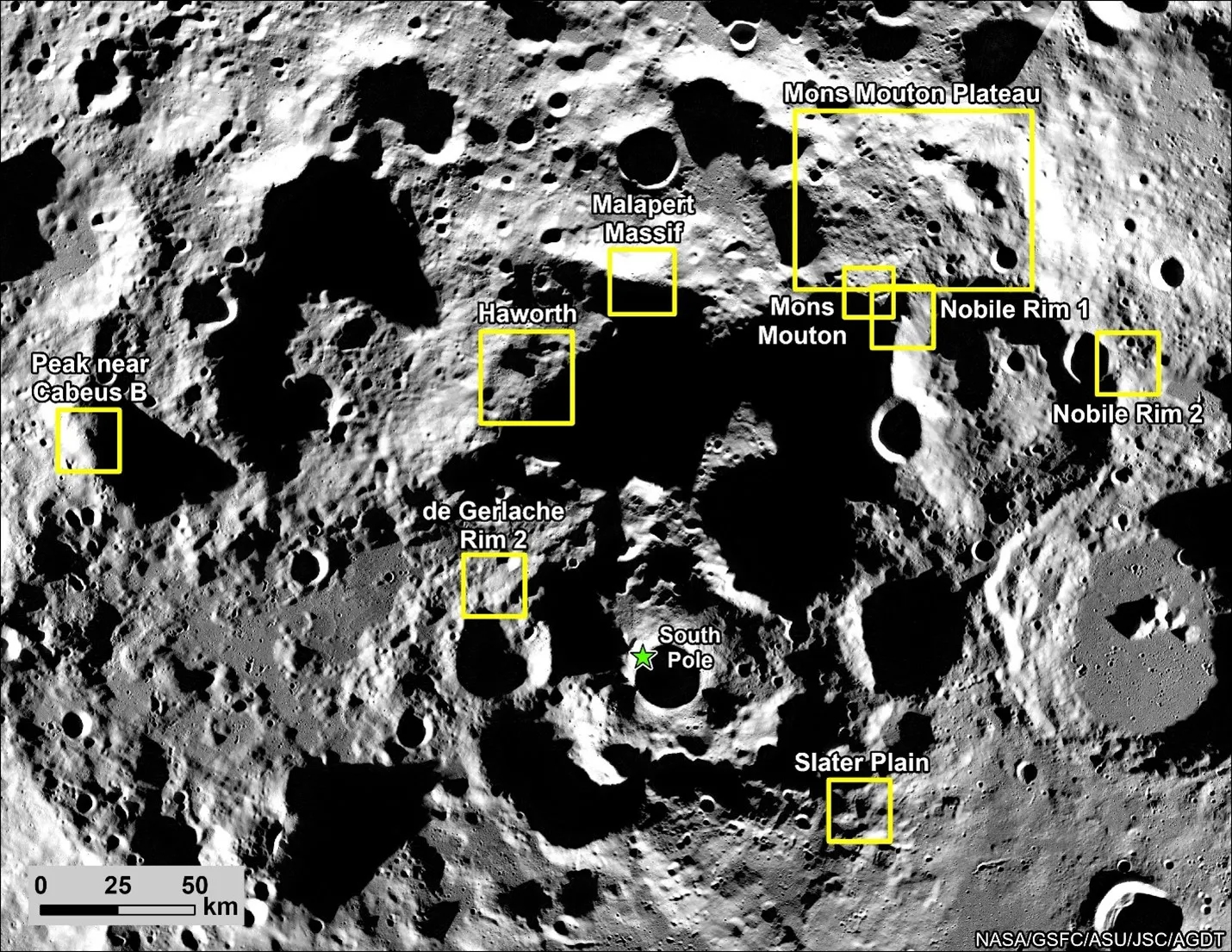
Earlier this year, NASA noted Starship had passed several docking system tests as well as over 30 milestones regarding its HLS development. The next critical milestone is for the Starship HLS to demonstrate propellant transfer in orbit, as Starship cannot fly directly to the moon and must refuel in Earth orbit with propellant supplied by a rapid succession of at least 10 Starship launches before setting course for the moon.
Meanwhile, development of a critical component by Boeing for NASA's new Space Launch System (SLS), called the Block 1B — a heavy-duty rocket designed to boost the amount of cargo SLS can deliver to the moon — recently fell under a cloud of uncertainty due to the aerospace giant reportedly considering selling its space business amid mounting financial issues.
An exclusive report by The Wall Street Journal last Friday (Oct. 25) emphasized Boeing's discussions about selling its space business, a move spurred by the company's new chief executive officer Kelly Ortberg, are "at an early stage." It's also not clear how much of the business may be sold, and it's possible the company may retain its role in developing SLS, the report noted.
SLS Block 1B's inaugural flight is scheduled to be the Artemis 4 moon landing mission, now planned for late 2028.
Join our Space Forums to keep talking space on the latest missions, night sky and more! And if you have a news tip, correction or comment, let us know at: community@space.com.

Sharmila Kuthunur is a Seattle-based science journalist focusing on astronomy and space exploration. Her work has also appeared in Scientific American, Astronomy and Live Science, among other publications. She has earned a master's degree in journalism from Northeastern University in Boston. Follow her on BlueSky @skuthunur.bsky.social
